1. The rise of Blockbuster changed everything
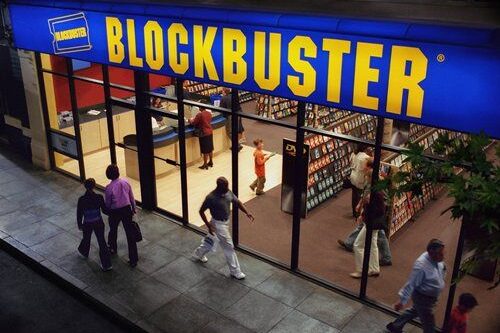
Blockbuster stores lit up neighborhoods with glowing blue and yellow signs that felt like beacons. Inside, the aisles stretched endlessly, lined with every genre imaginable. Candy displays tempted kids, popcorn filled the air, and shelves stacked with new releases made every trip feel bigger than life. Families made whole outings out of visiting, sometimes spending more time picking a movie than watching it. The size and style transformed renting from a small errand into a cultural ritual. Blockbuster wasn’t just a store, it was an experience, one that shaped how families spent their weekends together.
2. Friday night meant a trip to the video store

Friday nights used to mean loading into the family car and heading to the local video store, aisles filled with bright cardboard sleeves and endless possibilities. Picking a movie was an adventure itself, with debates, compromises, and the occasional disappointment when new releases were already gone. Still, the ritual mattered more than the final choice. Carrying that chunky rental case home built the excitement, promising popcorn, cozy blankets, and laughter in the living room. The store trip wasn’t just about movies, it was about being together, and that magic is something streaming can never truly capture.
3. Be Kind Rewind was more than a slogan
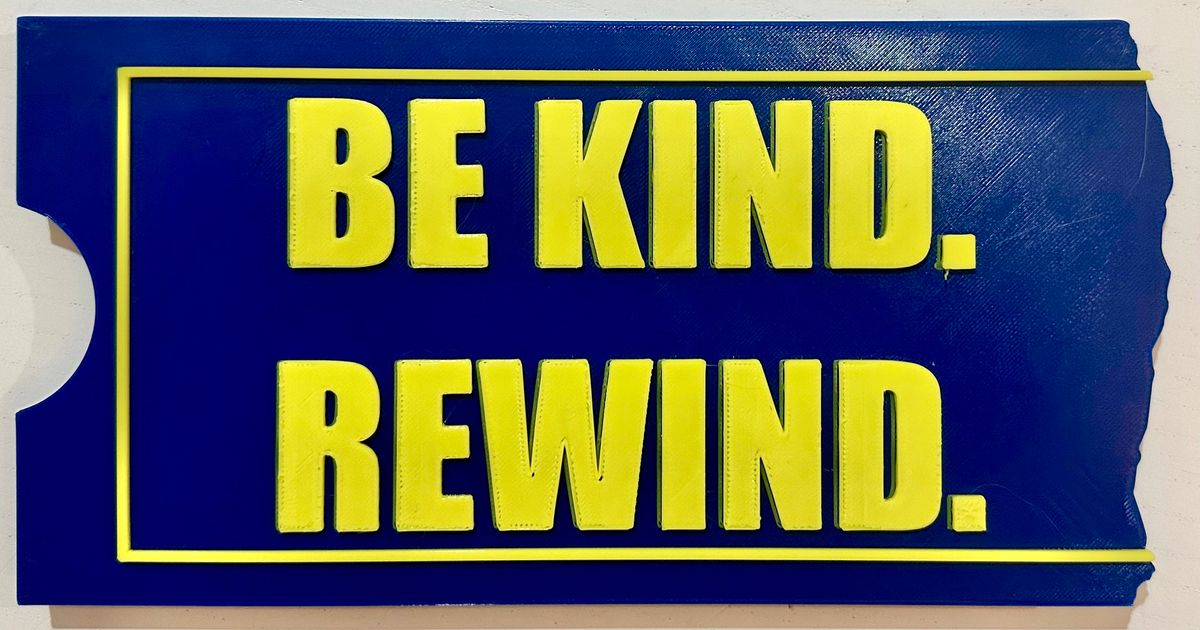
Every VHS renter knew the golden rule of rewinding before returning. Forgetting meant frustration for the next customer and sometimes even late fees. Many families invested in quirky standalone rewinders, often shaped like cars, that made the chore feel more like a race. Kids would hover near the machine listening to the whirring sound, waiting for the satisfying click that signaled it was done. That small sticker on every rental case carried weight, not just as a rule but as a shared code of respect that made the VHS experience uniquely communal and wonderfully memorable.
4. Tracking lines tested your patience
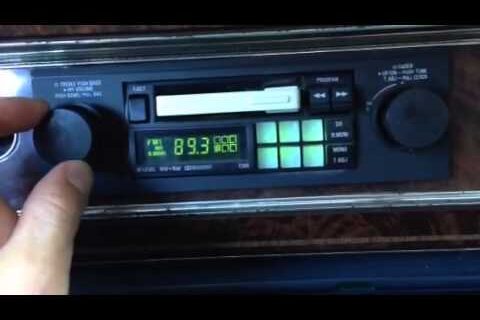
Few things ruined the fun faster than the snowy squiggles that rolled across the screen during a favorite movie. Every household had someone designated to adjust the VCR’s tracking knob while others called out whether it was better or worse. It was clumsy and frustrating, but when the picture finally steadied there was a small victory cheer. Kids felt like heroes when they managed it, parents sighed in relief, and everyone settled back into the story. That little knob turned into a lifeline that made movie night possible again, proving that even tiny fixes created big memories.
5. Recording off TV was the mixtape of movies
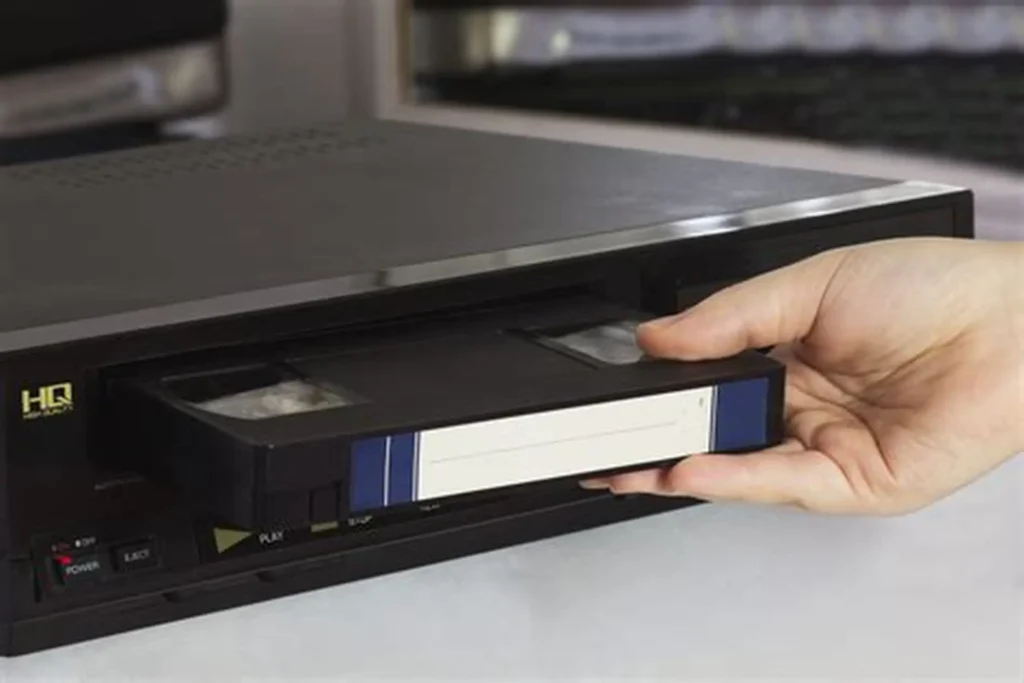
Blank VHS tapes gave families endless possibilities. Kids and parents filled them with Saturday cartoons, primetime sitcoms, and Sunday movie specials, commercials included. Those ads became unintentional treasures, tiny glimpses into the world as it once was. Each tape was a personal archive, handwritten labels trying to capture the chaos of mismatched recordings. Sometimes one side held a beloved Disney classic taped off TV while the other had a news segment or half of a game show. It was messy but magical, like a mixtape of moving pictures that told stories only your household could understand.
6 Accidentally taping over memories was devastating
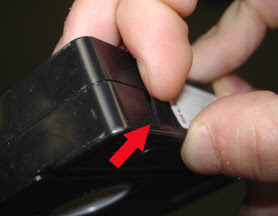
One wrong press of the record button could wipe out priceless moments forever. Families lost weddings, birthdays, and first steps to reruns of sitcoms or Saturday morning cartoons. It was heartbreaking to realize that something irreplaceable was gone, replaced by something ordinary. Every household has at least one story of this kind, a painful reminder of how fragile tapes really were. VHS taught everyone that capturing memories was a privilege but also a risk, and the lesson was one no family ever forgot. The heartbreak made the tapes that survived feel even more special to keep.
7. Home movies gave VHS a personal side
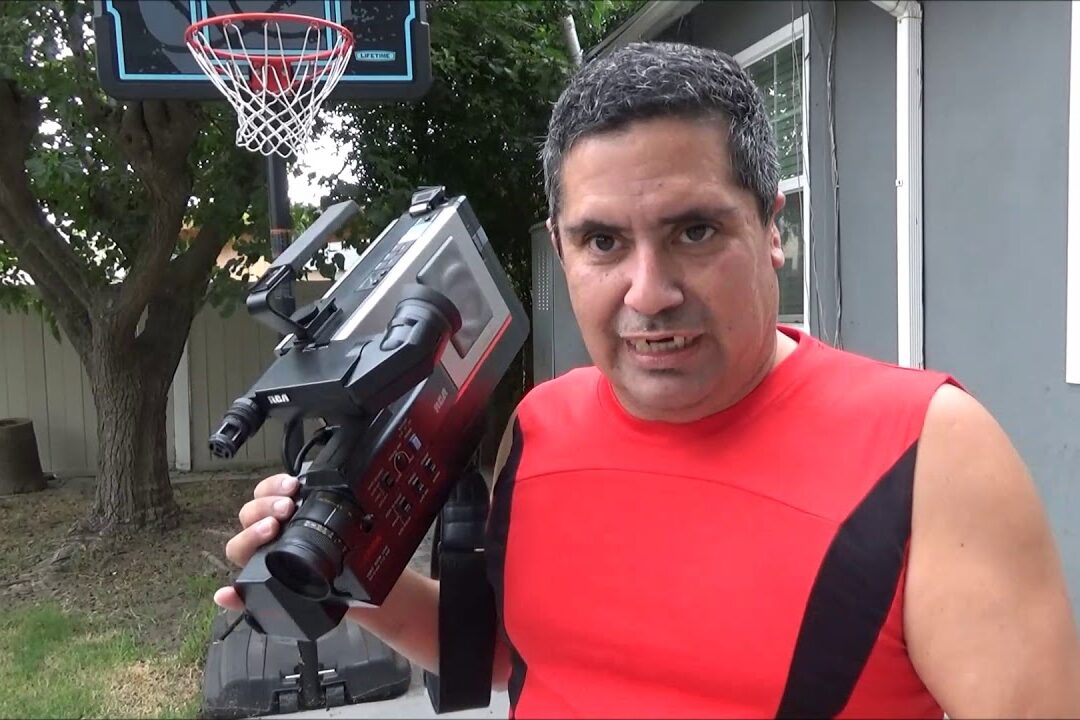
The bulky camcorders of the VHS era turned everyday families into filmmakers. Vacations, graduations, and Christmas mornings were captured in grainy detail, with shaky hands and muffled audio adding to the charm. Watching those tapes years later brought out laughter at bad haircuts, groans over funny outfits, and sometimes tears at hearing familiar voices again. These recordings became family heirlooms, preserved in black plastic and magnetic tape. They weren’t perfect, but they carried pieces of life that could be replayed anytime, reminding families of moments big and small that made their homes feel warm and alive.
8. Rental cases were unmistakable
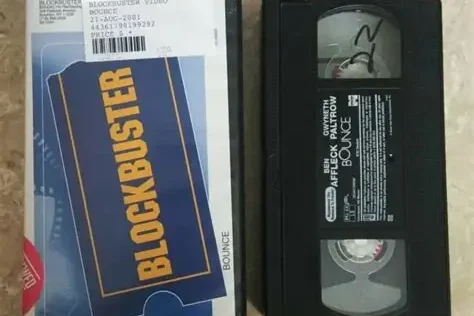
Blockbuster’s chunky clamshell cases snapped shut with a satisfying click, their plastic heaviness carrying a promise of entertainment. Spotting one on the coffee table was enough to spark anticipation because it meant movie night was set. Opening that case felt almost ceremonial, a simple act that carried excitement with it. The smell of plastic, the sight of the tape nestled inside, and the glow of the TV waiting in the background made the whole thing feel special. Those cases weren’t just containers, they were little time capsules holding evenings full of laughter, snacks, and family togetherness.
9. Late fees were the silent enemy
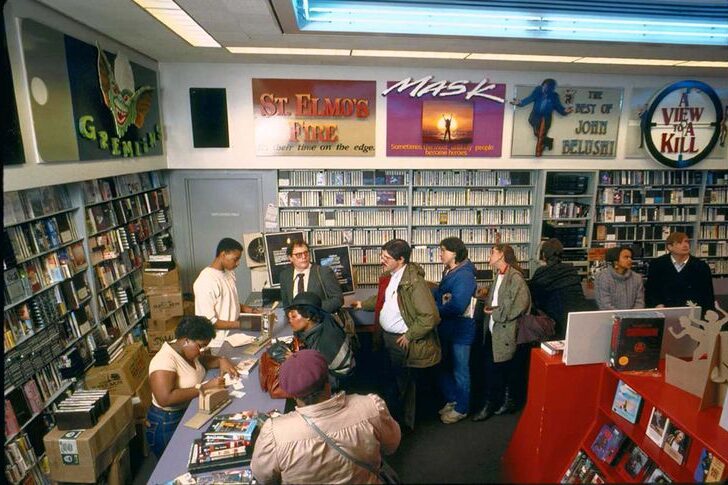
Parents dreaded the words from clerks reminding them a tape was still checked out. Forgetting to return one turned a cheap rental into something as costly as buying the movie outright. Kids promised to help remember next time, parents muttered frustrations, and late fees stacked up quietly. They weren’t just financial annoyances, they added pressure to the fun of renting. Still, those penalties became part of the story, another thread in the shared frustration and laughter of the VHS years. They might have caused arguments then, but now they’re remembered as another detail of the era.
10. Local shops still had their charm
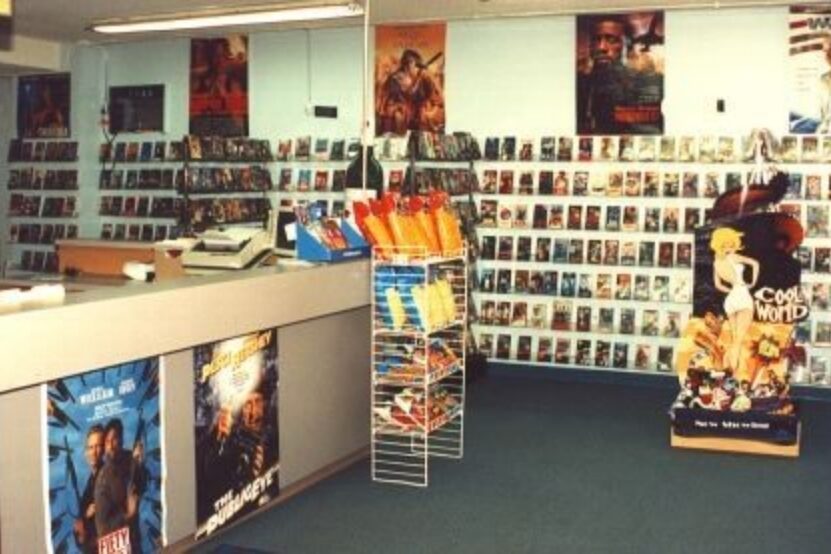
Before Blockbuster’s takeover, small town video shops had a charm of their own. The clerks knew your family by name and recommended hidden gems you might never have picked yourself. Posters lined the walls, homemade signs pointed out favorites, and quirks gave each shop its own personality. Some even had mysterious back-rooms kids weren’t allowed in, sparking endless curiosity. These places might not have had the polish of the big chains, but they carried soul and community. Renting there felt personal, and that kind of experience is something that large franchises could never fully replace.
11. Blank tapes were their own art form
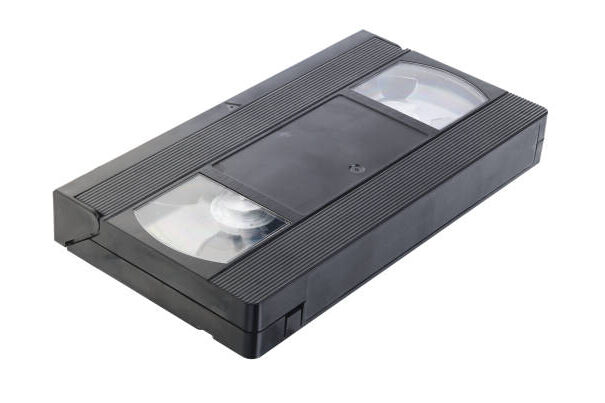
Every living room seemed to have a tower of blank tapes stacked beside the VCR. Labels scrawled in Sharpie or masking tape tried to organize the chaos, some neatly written and others covered in scribbles and crossed out titles. Families fought to claim space on them, recording shows, movies, and family moments in no particular order. Each cassette became a unique mix, like a messy scrapbook in magnetic form. The randomness made them special, holding surprises every time they were played, because you never quite knew what scene or memory was waiting to appear next.
12. Labels became battlegrounds
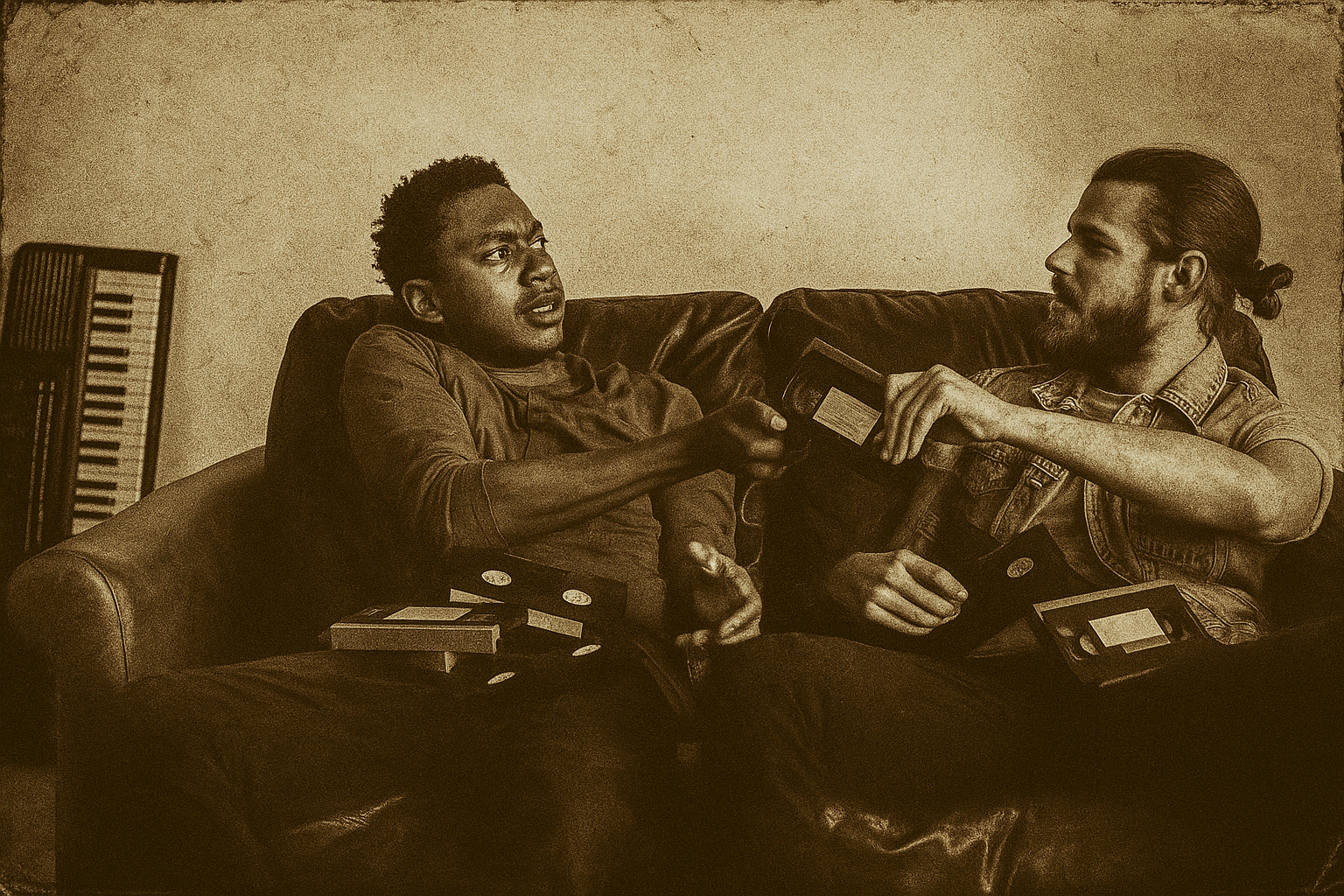
Siblings argued endlessly over which tapes belonged to who, each certain their shows or movies deserved more space. Parents often ignored the arguments, sometimes recording over cartoons to capture news broadcasts or sports games instead. Labels quickly lost meaning, crossed out and rewritten until they became chaotic maps of confusion. Every household had at least one mystery tape filled with odd fragments of different recordings. Popping one in the VCR felt like gambling, never knowing if it would play a family birthday, a half taped sitcom, or even an old commercial. It was household drama captured physically.
13. The chunky remote was never where you left it
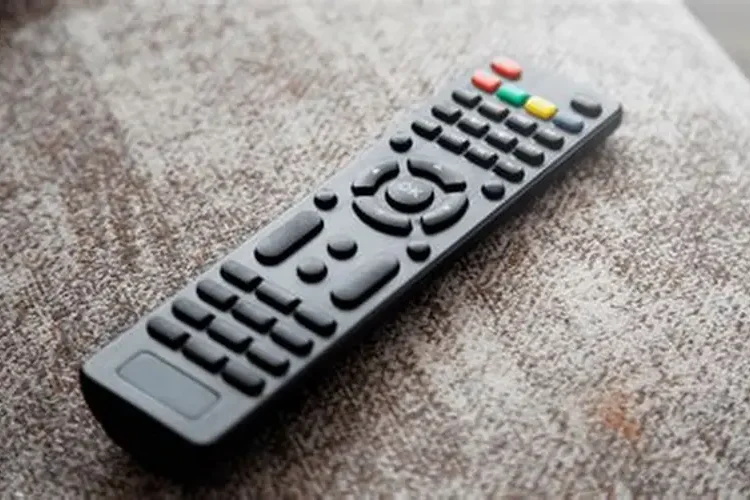
Oversized and awkward, VCR remotes had a way of disappearing at the worst times. They slipped into couch cushions, fell behind furniture, or got borrowed by someone who forgot to return them. Parents yelled, kids scrambled, and eventually someone had to press buttons directly on the machine. Losing the remote became such a common subplot of family life that it felt almost expected. Despite the frustration, it was part of the VHS rhythm, another small obstacle to enjoying movie night. The chunky plastic design made them easy to misplace, but also unforgettable symbols of the VHS age.
14. Long play mode was a secret weapon
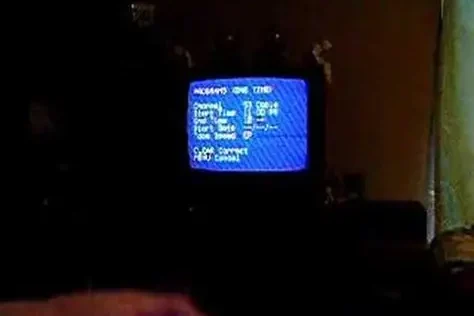
VHS tapes came with different settings that stretched their capacity. Standard play gave the clearest picture, but long play and extended play squeezed in more hours. The quality dropped, but for kids trying to capture an entire Saturday cartoon block, it felt like a victory. Parents loved saving money by fitting multiple shows or movies onto a single cassette. Sacrificing clarity for quantity was a fair trade in most households. It turned tapes into marathons of entertainment, long collections that lasted an entire afternoon. Long play mode wasn’t perfect, but it was a clever little trick.
15. Previews before the feature were a treat
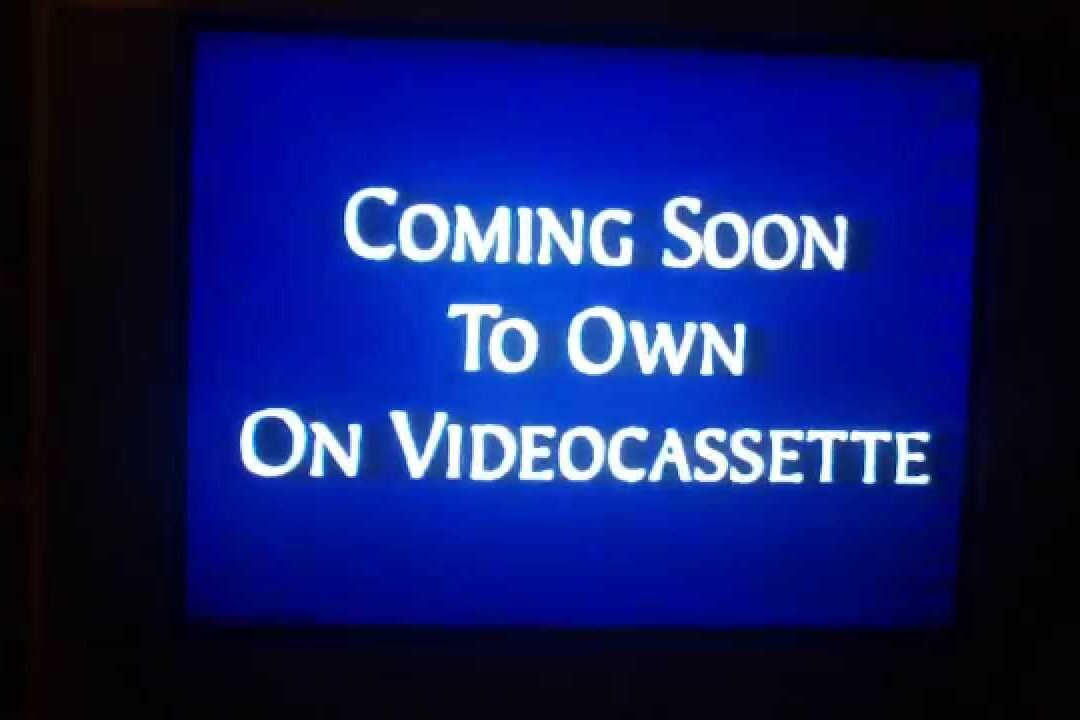
The phrase “coming soon to own on videocassette” became a familiar introduction before every rental. Previews played automatically, often unskippable, but kids loved them anyway. They teased the possibilities of what the next weekend’s movie choice might be, making anticipation part of the fun. Families would comment on which previews looked exciting, planting seeds for future rentals. Watching them was like opening a window into what was new and popular at the time. They were commercials disguised as entertainment, but they added another layer of ritual to VHS life that made every movie night feel complete.
16. Commercials on recorded tapes became time capsules
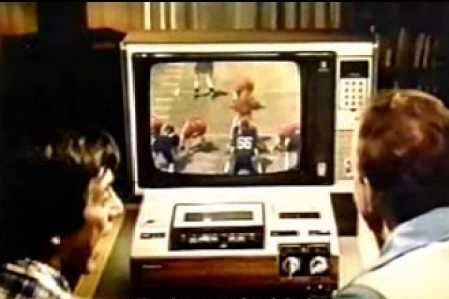
Homemade recordings captured not just the shows or movies, but also the commercials wedged between them. Ads for toys, cereals, or forgotten gadgets lived on in those tapes long after the products disappeared. Decades later, they became treasures, snapshots of what once defined daily life. Families often laughed at how dated the jingles or outfits looked, but they also stirred memories. What seemed like filler became unexpectedly priceless. Playing a tape wasn’t just about watching a favorite show again, it was about reliving the culture of the time in all its quirky and colorful details.
17. Tapes had personalities and quirks
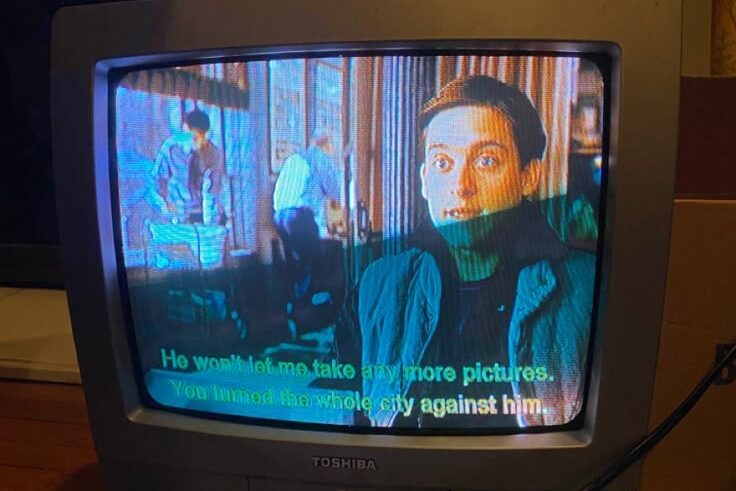
Every VHS collection included a few problem tapes. Some played flawlessly, while others refused to cooperate. They stuck inside the VCR, chewed up film, or caused sound to warp. Rental tapes often carried wear from countless homes, with fuzzy stretches or distorted moments. Each cassette felt unique, as if it had a personality shaped by the lives it had passed through. Families gave them nicknames or remembered which ones needed extra care. They were imperfect but unforgettable, little reminders that movies weren’t just digital files, but physical objects that carried stories beyond the ones on screen.
18. VHS was heavy literally
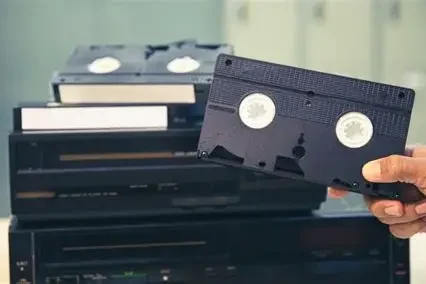
Unlike sleek discs or streaming, VHS tapes were bulky bricks. Cabinets overflowed, shelves sagged, and towers of tapes tipped dangerously if stacked too high. They smelled faintly of plastic and dust, and moving them was an exercise in patience and strength. Yet that weight gave them presence. Owning a movie meant you could feel it in your hands, not just scroll past it on a screen. Their heft made collections feel real, like treasures that took up space. VHS may have been inconvenient, but it was also tangible, something you could point to with pride and ownership.
19. Home movie nights had their own magic
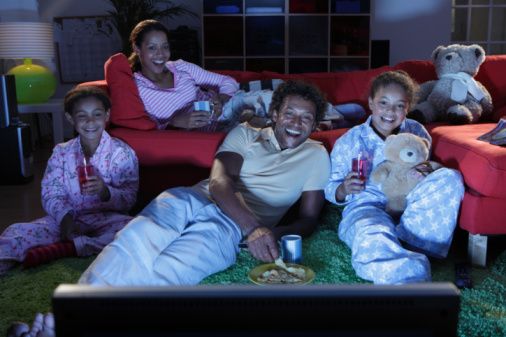
Movie nights at home often meant popping in tapes that didn’t come from a rental shop, but from the family camcorder. Watching birthdays, vacations, and graduations on the same TV used for Hollywood films gave those moments a spotlight of their own. The footage was shaky, the audio uneven, but the laughter and nostalgia made them priceless. Kids loved seeing themselves on screen, while parents cherished the chance to relive fleeting moments. Those grainy images turned the living room into a theater of memories, proving that VHS wasn’t just about consuming movies, but about creating them too.
20. Kids fast forwarded through the boring parts
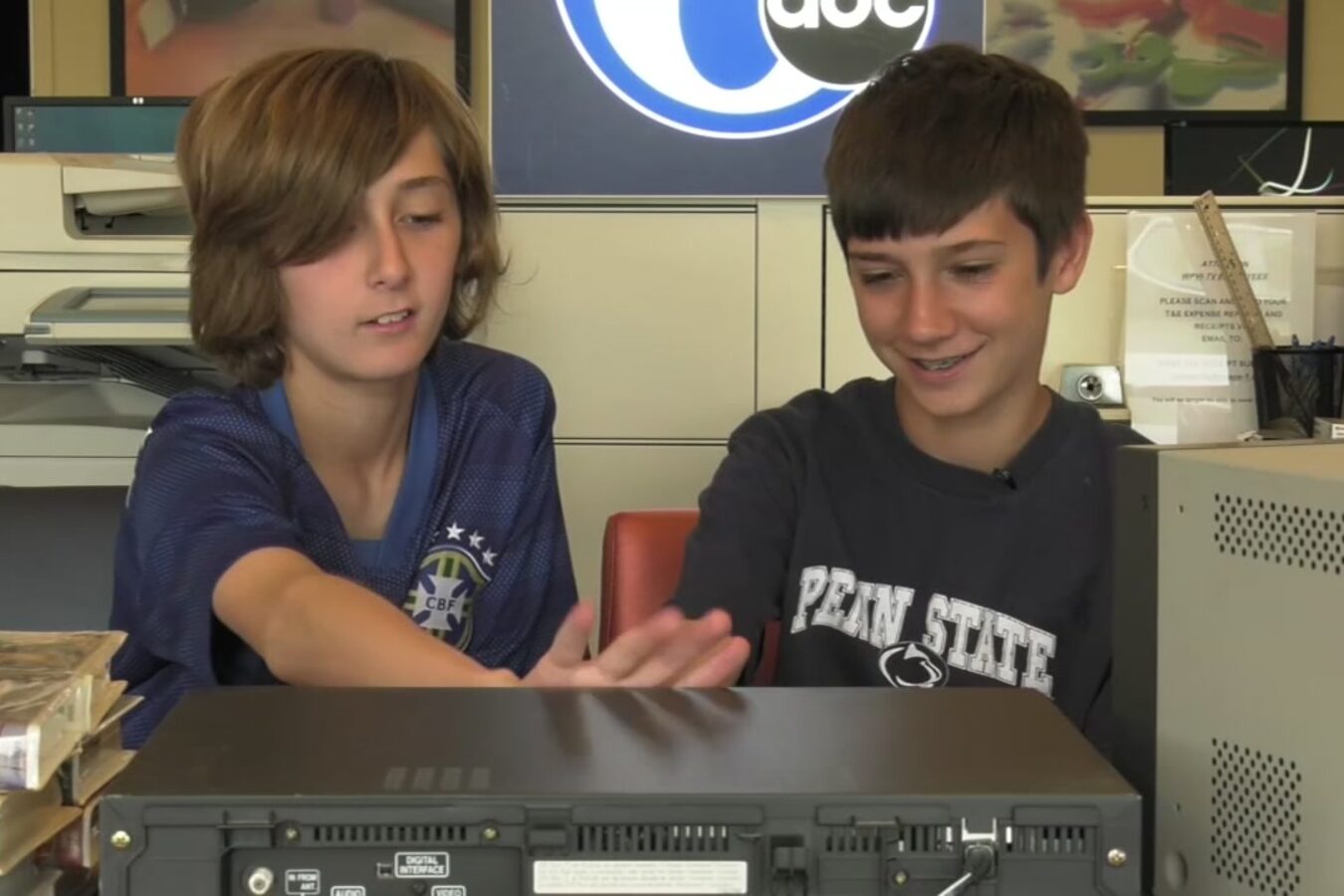
With no chapter skips, kids mastered the art of fast forwarding. Ghostly images zoomed by as they held the button, often overshooting and needing to rewind again. It became its own little game, racing through scenes to find the right spot. Parents shook their heads, but the ritual was satisfying. Skipping wasn’t seamless, but it made kids feel in control of their favorite stories. It was clunky, imperfect, and endlessly repeated, yet it added to the tactile charm of VHS life. Fast forwarding wasn’t just a function, it was a habit that became part of growing up.
21. Rewinding was its own ritual
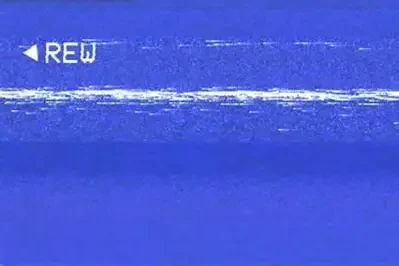
The credits rolled, and everyone knew what came next. Rewinding was mandatory before the tape went back in its case. Families either let the machine whir in the background while they grabbed snacks or used standalone rewinders shaped like cars to speed up the process. Kids sometimes competed to stop the tape exactly at the beginning, turning it into a small victory. Rewinding wasn’t just maintenance, it was closure, a final step that wrapped up the night. That whirring sound became as much a part of VHS life as the movies themselves, marking endings with a smile.
22 Top loading VCRs were the first taste of the future
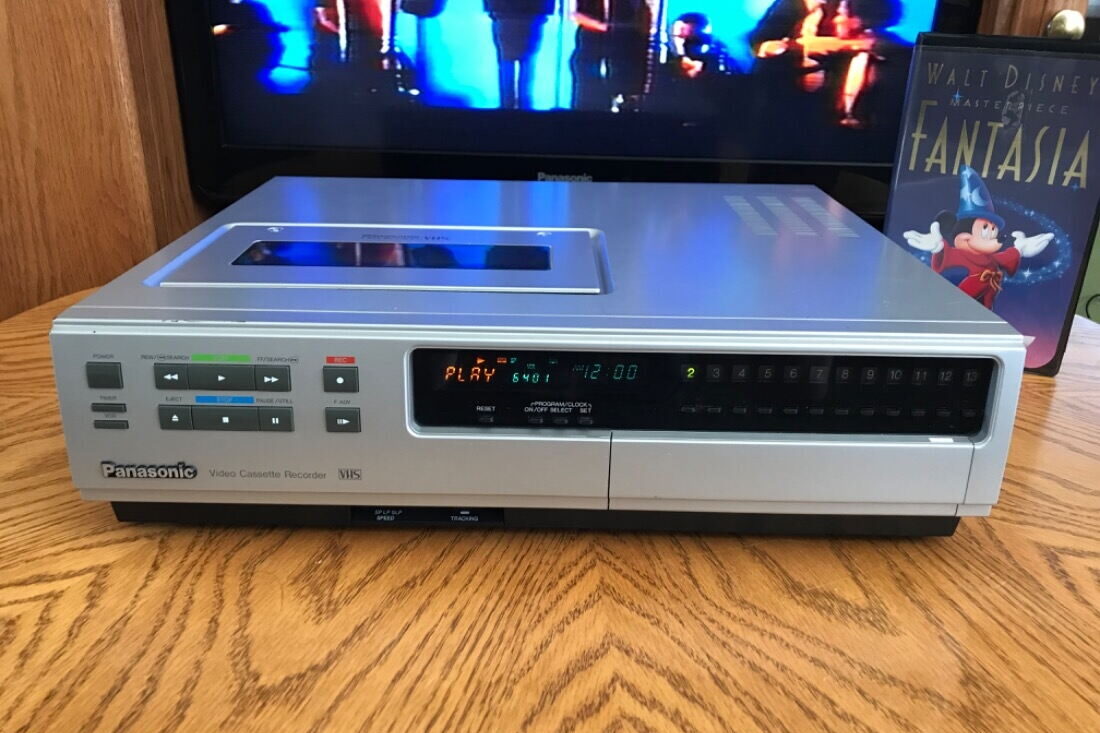
Before sleek front loaders, many families had top loading VCRs with heavy lids that clicked open like treasure chests. Dropping a tape inside felt futuristic at the time, even if the machines were massive and clunky. They often cost a small fortune, making them prized possessions. Kids treated them like sacred gadgets, marveling at the blinking clocks and clunky buttons. These early models weren’t perfect, but they symbolized stepping into a new era of home entertainment. For those who had them, the memory of lifting that lid remains etched as a sign of VHS beginnings.
23. The fall of Blockbuster was the end of an era
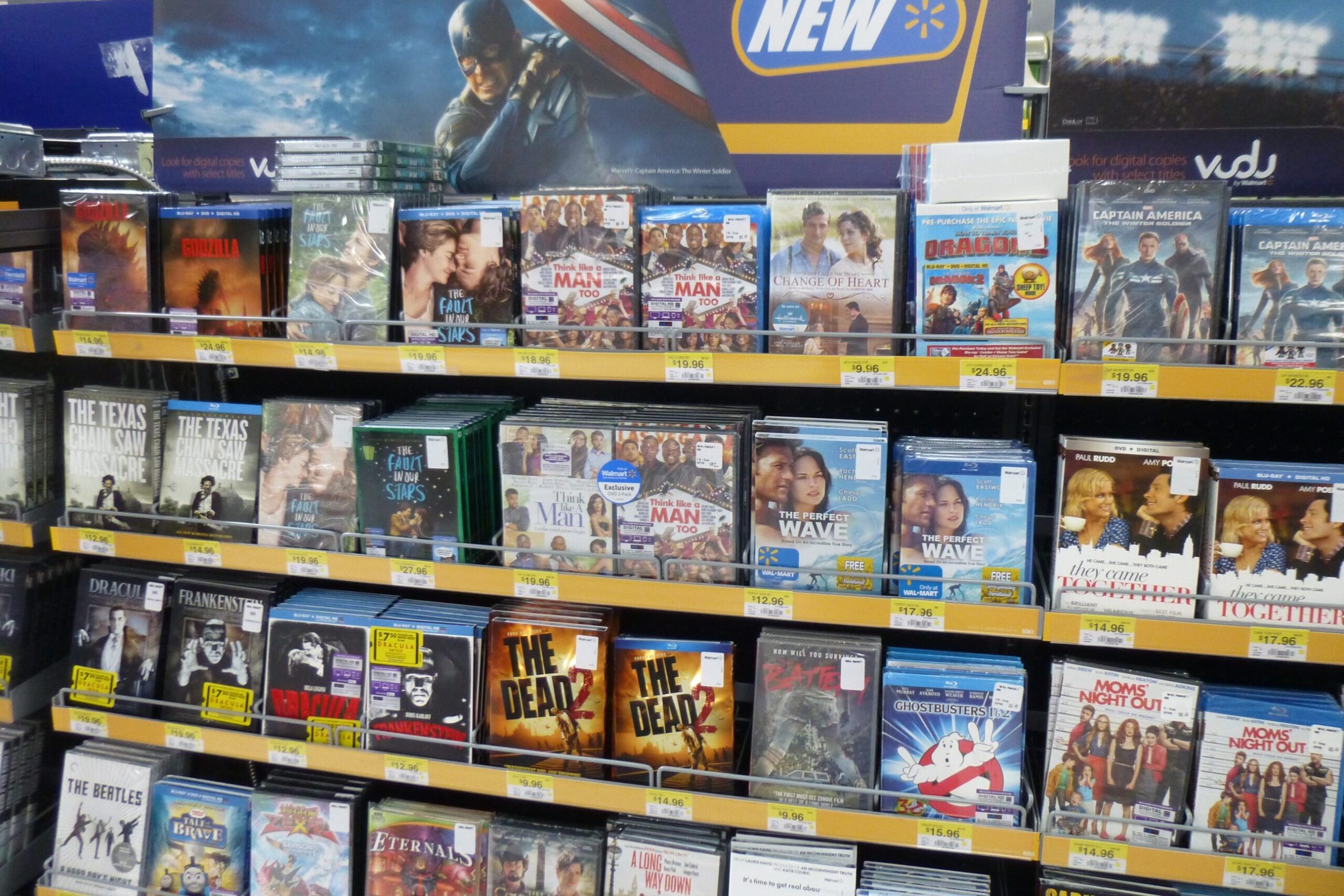
As DVDs arrived and streaming slowly crept in, VHS rentals faded, and Blockbuster stores closed their doors. The joy of wandering aisles, debating choices, and racing for the newest releases quietly disappeared. What once felt like an endless weekend ritual turned into a memory. Families suddenly had convenience, but they lost the shared adventure of the store visit. The fall of Blockbuster marked more than just the end of tapes, it signaled the end of an entire way of experiencing entertainment together. For many, it felt like saying goodbye to a piece of childhood.
24. VHS wasn’t just a format it was a lifestyle
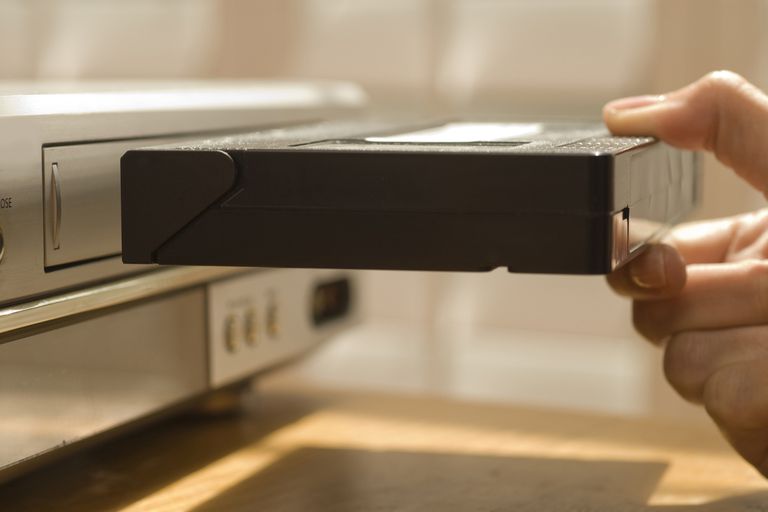
VHS shaped not just how families watched movies, but how they spent time together. From rewinding etiquette to late fees, from recording memories to fighting over tapes, it carried quirks that became part of everyday life. It was tactile, imperfect, and filled with little rituals that made entertainment feel alive. Streaming today may be easier, but it lacks the warmth of rewinding, the frustration of tracking, or the thrill of rental aisles. VHS wasn’t just plastic and tape, it was an experience, one that made movie nights deeply human and unforgettable for an entire generation.
This story Be Kind, Rewind: 24 VHS Memories We Can’t Forget was first published on Daily FETCH


